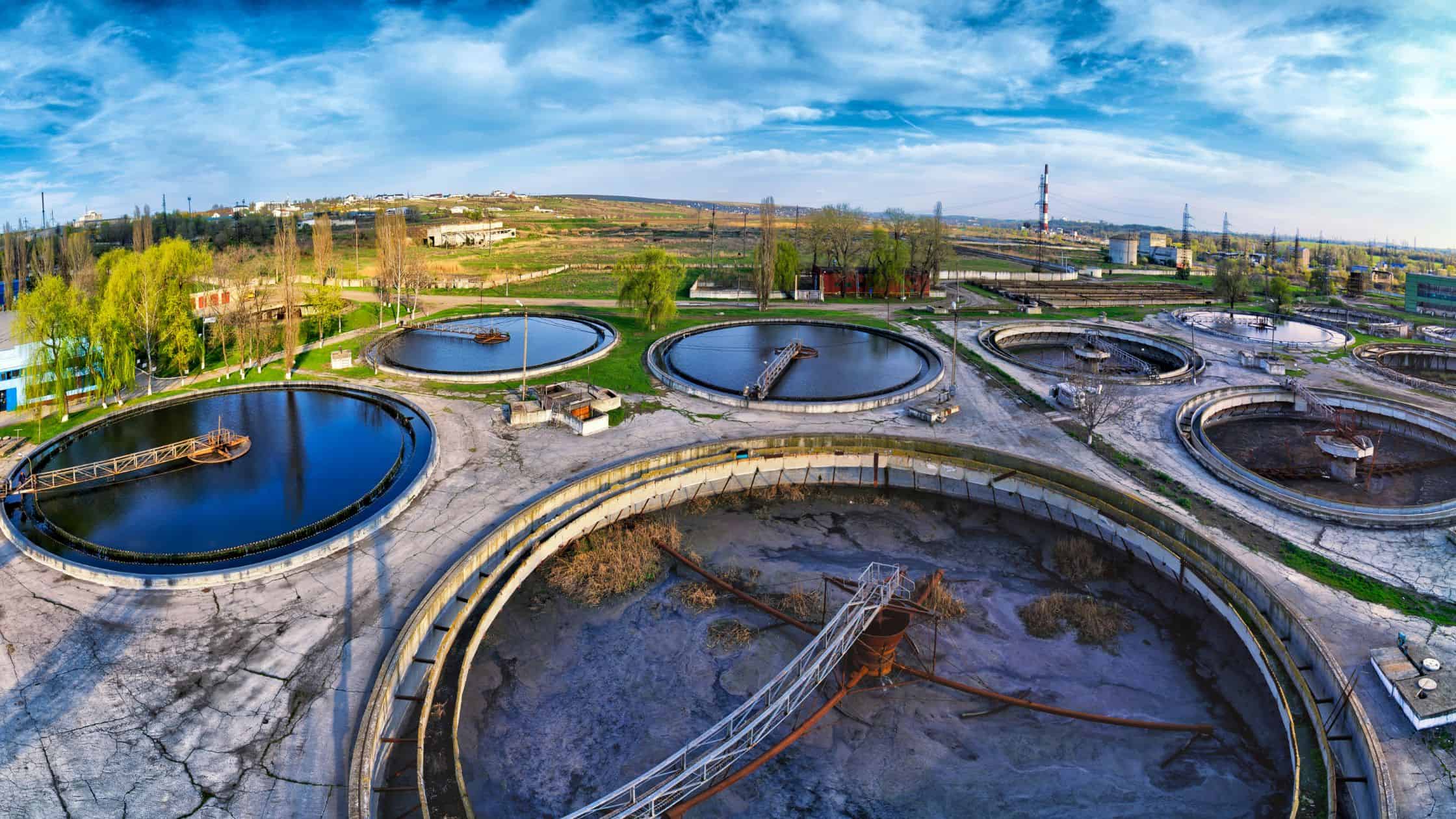Passive groundwater sampling is growing in popularity due to its many advantages over traditional methods like pump-and-purge or low-flow sampling. Despite the industry acceptance of passive sampling, there are still questions from those newer to the technology regarding which common contaminants measured in passive groundwater samples this method can be used to monitor. This blog post delves
The ability to accurately interpret the results of groundwater tests is essential for making informed decisions that protect our environment and public health. This article delves into the interpretation of common substances monitored in groundwater, including Volatile Organic Compounds (VOCs), Semi Volatile Organic Compounds (SVOCs), and Per- and Polyfluoroalkyl Substances (PFAS), and the decision-making processes driven
Groundwater monitoring is a critical aspect of environmental assessment, resource management, and contamination cleanup efforts. Accurate data analysis not only informs stakeholders of current conditions but also guides remediation and protection strategies. This article delves into the best practices and challenges in analyzing data from groundwater samples, with a focus on the treatment of passive
In environmental monitoring, selecting the best sampling equipment is crucial to your project’s success. If you are considering improving the sampling efficiency of your monitoring program with passive samplers, it is important to ensure the type of sampler you choose aligns with the needs of your project and the preferences of your team in the
Passive groundwater sampling is an increasingly popular sampling method. Many firms are adopting passive sampling over traditional methods because of the huge time and cost savings it provides. But how do you know what sites are best suited for passive groundwater sampling techniques? This article will outline the 5 Best Site Types for Passive Sampling, providing
More than 20 years ago Passive Diffusion Bags (PDBs) were introduced as a more streamlined, cost-effective solution for sampling for Volatile Organic Compound (VOC) concentrations in groundwater monitoring wells. Passive diffusion samplers have become widely used in the years since their introduction, leading to the development and use of samplers using membranes with different pore sizes that






